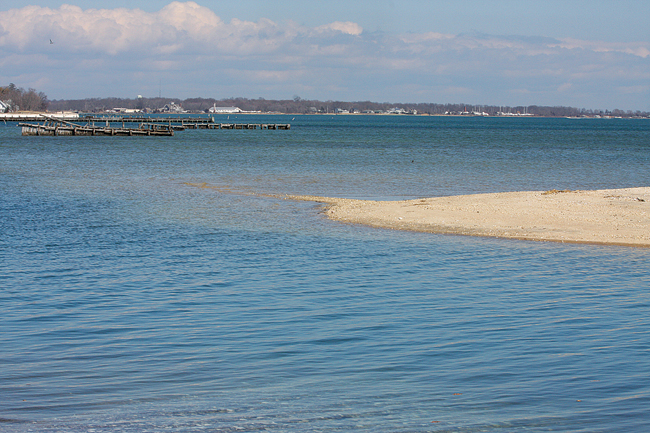Peconic Estuary Program seeks public input on management plan


The Peconic Estuary Program is seeking the public’s input on its Comprehensive Conservation Management Plan, which hasn’t seen updates since it was approved in 2001.
The CCMP is the blueprint for how the program focuses its resources to protect and restore the estuary, which stretches east from the headwaters of the Peconic River and includes several bays, ending at Block Island Sound.
The Peconic Estuary Program was formed in 1992 when the federal Environmental Protection Agency added the local water system to the National Estuary Program.
Much has changed since the CCMP was approved 17 years ago, notes PEP interim director Sarah Schaefer.
“There have been significant accomplishments, but issues have emerged and science has advanced,” Ms. Schaefer said. “This major CCMP revision will not only guide the program in the long term, but will articulate the regional consensus about the most important environmental challenges facing the Peconic Estuary and the priority actions needed to address those challenges.”
The original CCMP recommended 85 action plans to improve the estuary, addressing issues such as brown tide, nutrients, habitat and living resources, pathogens, toxic pollutants and critical-lands protection.
Most of the environmental issues in the original plan remain concerns, Ms. Schaefer said. While progress has been made to reduce nitrogen pollution and promote habitat restoration and protection, additional focus is needed to adequately address those issues, she said.
In the 1980s and 1990s, brown tide was a major concern for the protection of the Peconic Estuary. Today, there are new harmful algal blooms, including red tide, rust tide and mahogany tide, that were not discussed in the original management plan, Ms. Schaefer said.
Additionally, she said, climate change and its impact on the Peconic Estuary though sea level rise, rising water temperatures, changes in precipitation patterns and ocean acidification are not addressed in the 2001 plan.
“Such impacts to the estuary must be considered as part of all management activities undertaken in the Peconic Estuary to ensure that projects are developed to withstand in the face of a changing climate,” Ms. Schaefer said.
PEP will incorporate the public’s input in the new CCMP through an online survey, along with that of stakeholders such as business owners, local organizations, experts and government officials, she said. In addition to the survey, PEP will host public meetings throughout the watershed in the following months, Ms. Schaefer said.
Revision of the CCMP will occur over a couple of years, she said, as input is gathered and a draft is developed and reviewed.
The CCMP public survey can be found online at peconicestuary.org.







